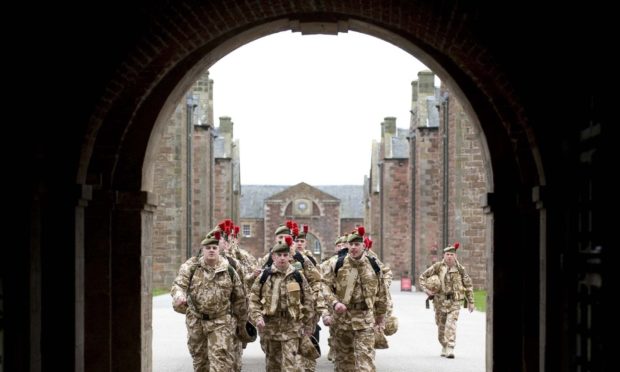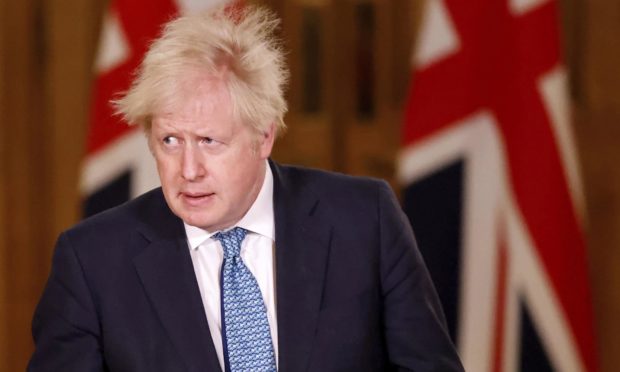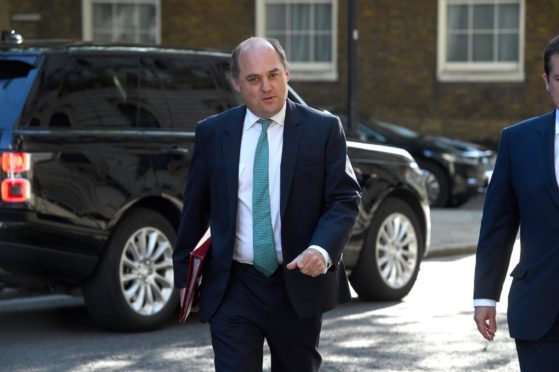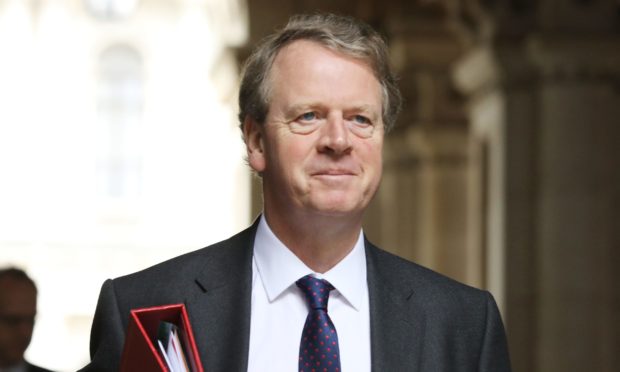Britain’s army, navy and air force will shrink over the next decade, as defence bosses look to concentrate investment on high-tech drones and robots to combat the threats of the future.
More than 100 aircraft will be axed, the number of navy frigates and destroyers will drop from 19 to 17 and dozens of tanks will be scrapped as part of a major defence review.
The army target size will also be cut by 9,500 to 72,500 by 2025, its lowest level in more than 300 years.
The move comes despite promises made by Boris Johnson during the 2019 general election campaign “not to be cutting the armed services in any form”.
Defence Secretary Ben Wallace said he was turning “hollow forces into credible ones” with the review.
The former north-east MSP recalled his army experience and how it could, on paper, have fielded three armoured divisions in Germany but “in reality could muster much less”, telling the Commons: “It was in truth a hollow force.
“That is why while I know some colleagues would rather play Top Trumps with our force numbers, there’s no point boasting about numbers of regiments when you send them to war in snatched Land Rovers or simply counting the number of tanks when our adversaries are developing new ways to defeat them.”
Mr Wallace said the aim of the review is to “seek out and understand future threats”, and invest in the capabilities needed to defeat them.
Billions of pounds will be poured into new technology, including £6.6 billion into research and development, £3 billion for new army equipment and £1.4 billion on a new space command centre.
Mr Wallace added: “Previous reviews have been overambitious and underfunded, leaving forces that were overstretched and underequipped.
“This increased funding offers defence an exciting opportunity to turn our current forces into credible ones, modernising for the threats of the 2020s and beyond and contributing to national prosperity in the process.
“It marks a shift from mass mobilisation to information age speed, readiness and relevance for confronting the threats of the future.”
Pressed on what impact the cuts would have in Scotland, in terms of troop numbers, Mr Wallace pointed to shipbuilding jobs in Rosyth and Govan linked to the navy and jobs at RAF Lossiemouth linked to the new fleet of E-7 Wedgetail spy planes.
The Cabinet minister did acknowledge, however, that there would be “concerns” over falling troop numbers north of the border.
‘A changing world’
The comments came as Scottish Secretary Alister Jack was due to arrive at RAF Lossiemouth to talk up Scotland’s role in the UK’s defences.
Mr Jack is expected to tell an audience at the Moray base: “UK defence and Scotland enjoy a special two-way relationship: the UK brings key security and economic benefits to Scotland; Scottish military and civilian personnel at establishments across the nation are home to military capabilities, vital to the UK and its Nato allies.”
He will add: “In a changing world, together the United Kingdom must stay ahead of the evolving threats to our people, interests, and allies.
“Alone, no one part in our Union can protect its citizens from the new threats we face and prosper economically and socially. But together, all parts of the UK will take full advantage of the opportunities that lie before us.
“We will fortify and extend the position of the UK – Scotland in particular – as a global science and technology superpower and build our cyber strengths and capabilities in the frontiers of cyberspace, emerging technology, data and space.
“We cannot take our security for granted, but by working together in a strong union, we can ensure a safe, prosperous future for the UK.”



